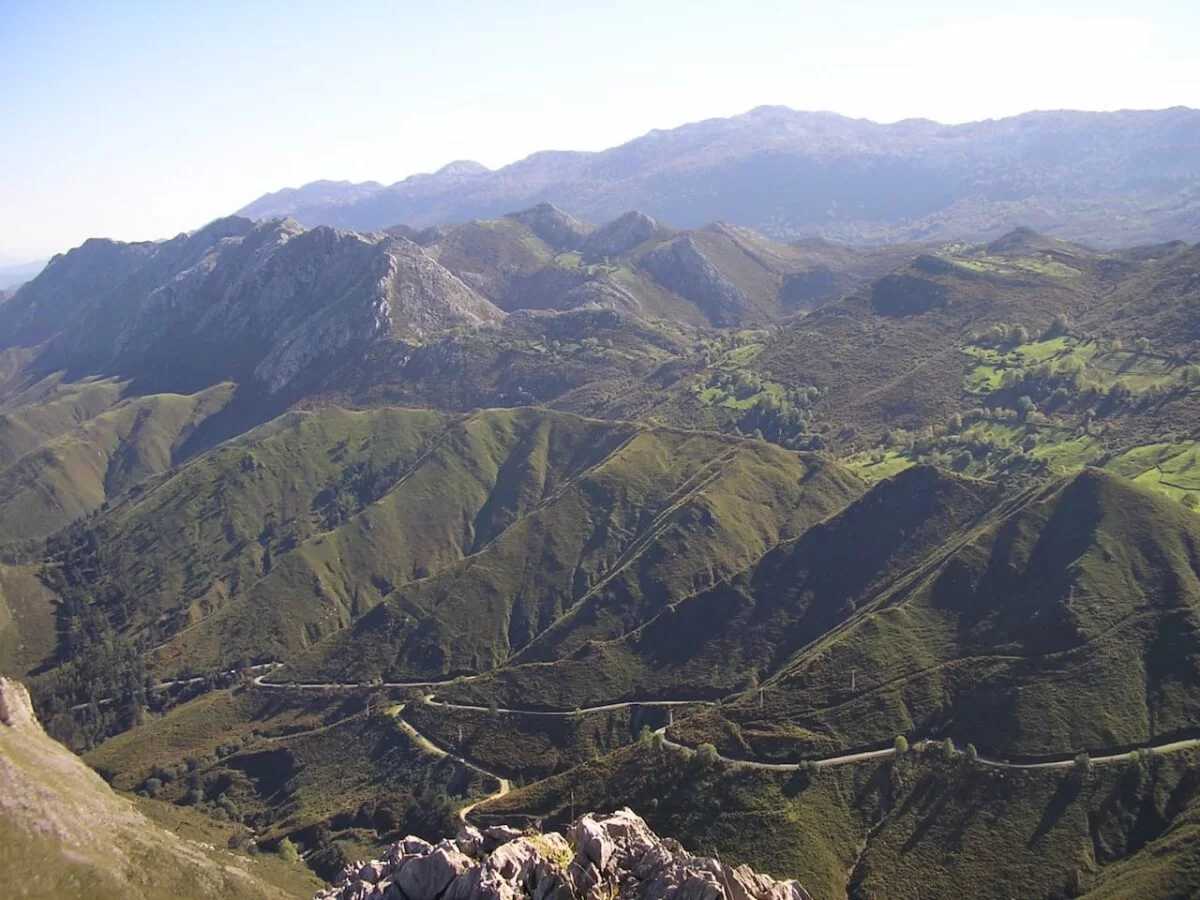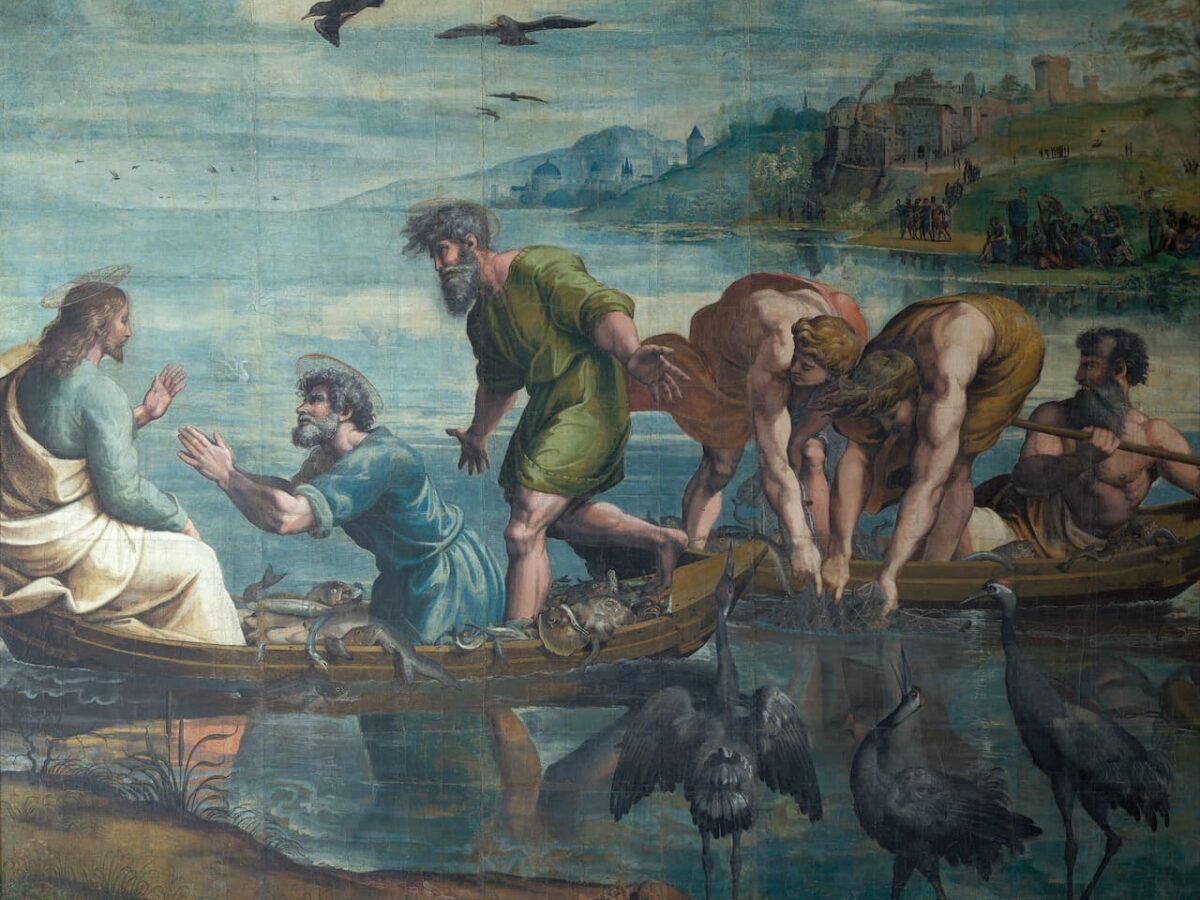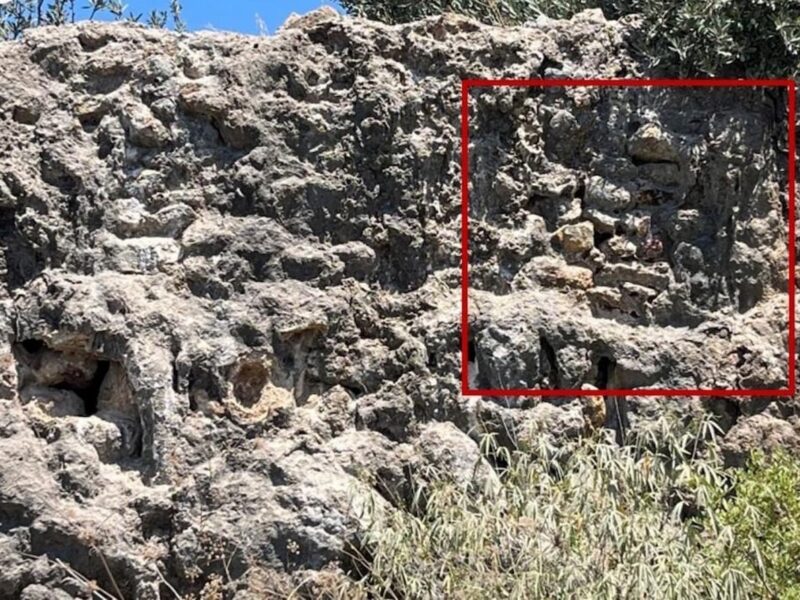In the summer of 2019, the temperature rose a few degrees in Greenland, but it wasn’t solely due to climate change; rather, it was because of U.S. President Donald Trump’s idea to buy the region. This idea was revealed by the Wall Street Journal, reporting that the U.S. government claimed it could offer Greenlanders more economic benefits than their current administration under Denmark, though Denmark refused even to discuss it. In fact, American interest in Greenland is nothing new, as similar proposals were made throughout the 19th and 20th centuries.
Located at the northernmost tip of North America, between the Atlantic and Arctic Oceans, Greenland is an island (very large, at 2,166,086 square kilometers, though more than three-quarters of it is covered in ice) and has been an autonomous region of the Kingdom of Denmark since Denmark separated from Norway in 1814.
Its location meant that its first inhabitants were Paleo-Eskimo peoples who arrived from the American continent, adapted to its extreme climatic conditions. From around two and a half millennia before Christ, cultures like the Saqqaq, Independence (in two stages), and Dorset succeeded one another, the last in three phases, the final of which coincided with the Thule culture of today’s Inuit.
It was during the Thule Culture period that the first Scandinavian navigators arrived. It was between the late 9th and early 10th centuries AD, led by an explorer from Iceland named Gunnbjörn Ulfsson. From then on, contact between the two islands increased until the famous Erik the Red reached Greenland (on that exile journey that would later take his son Leif to Newfoundland), leaving settlers around the year 985. There were eventually two settlements that totaled several thousand inhabitants, and in 1261 they came under the sovereignty of Norway, a kingdom that, nearly a century and a half later, would unite with Denmark.
However, these colonies were overly dependent on their home countries for supplies, and this, combined with the Inuit’s aggressiveness, the onset of a cooling period known as the Little Ice Age that further toughened living conditions, and possibly other factors (epidemic, pirates…), led them to be abandoned in the 15th century. As the Norwegian crown distanced itself from this land, the Danish one strengthened its bond, incorporating a polar bear into its coat of arms.
Nevertheless, the only visitors to Greenland were whalers, who set up fleeting factories on its coasts, and missionaries who came to convert the Inuit. Only a small group of Danes managed to settle and founded a settlement named Godthåb (Good Hope), which was later designated the capital and renamed Nuuk.
Godthåb in 1878. Credit: Nationalmuseet / Wikimedia Commons
As we mentioned, Denmark retained Greenland after separating from Norway following the Napoleonic Wars, and it was then that new attempts at colonization were made, though precariously. The island remained largely unpopulated, and the situation did not change until Inuit migrants began arriving from Canada in the second half of the 19th century. There were, of course, demographic fluctuations, but the region became fully integrated into the state with the celebration of the first elections, although Greenlanders did not have parliamentary representation until well into the 20th century. It officially ceased to be a colony in 1953, and, interestingly, after autonomy was granted in 1979, it left the nascent European Union four years later.
Before Trump brought up the idea again, the United States had made three attempts to acquire the island. In reality, this young, expanding nation had been interested in the territory ever since the Scandinavian countries separated under the Treaty of Kiel, and in 1867, Secretary of State William H. Seward internally raised the idea of annexing it along with Iceland.
Seward was the same man who negotiated the purchase of Alaska with the Russian Empire, and perhaps that’s why he never made a formal offer to the Danes. Still, a document titled A Report on the Resources of Iceland and Greenland remains as a record of that intention.
 Signing of the Alaska Purchase Treaty (Emanuel Leutze, 1868). Credit: Public domain / Wikimedia Commons
Signing of the Alaska Purchase Treaty (Emanuel Leutze, 1868). Credit: Public domain / Wikimedia Commons
The second attempt occurred in 1910, resulting from a conflict between Denmark and Norway. Norway, after gaining independence from Sweden in 1905, had reconsidered—so to speak—and claimed its former rights over Greenland. The United States tried to capitalize on the situation, and its ambassador to Denmark, Maurice Francis Egans, made the Danish government a surprising offer, not of purchase but of exchange: Greenland in return for the Dutch Antilles and the Philippine island of Mindanao.
Mindanao was included with the expectation that the Danes might then trade it to the Germans—who were interested in colonies in Asia as bases for the Kaiserliche Marine—in exchange for southern Jutland, which the Germans had taken from them in the Second Schleswig War the previous century. An agreement was not reached, and in any case, Denmark would recover southern Jutland in 1920, through the Schleswig Plebiscites resulting from the Treaty of Versailles after World War I.
We were previously discussing the tense situation that led to Norway’s independence, which escalated in 1931 when a Norwegian whaling ship, the Hallvard Devold, anchored on the uninhabited eastern coast of Greenland and established a factory. It was not an initiative of the Norwegian government, but they seized the opportunity to support the ship’s action. Denmark took the matter to the International Court of Justice, which, after two years of litigation, ruled in its favor.
Norway accepted the decision and withdrew, so Greenland remained Danish, though a certain level of uncertainty persisted. The outbreak of World War II complicated the situation further, as Denmark was invaded by Germany, and Greenland was dangerously close to the United States, making it an interesting base for Hitler’s armed forces.
In April 1941, Henrik Kauffmann, the Danish ambassador in Washington, signed a treaty with Roosevelt that authorized the installation of bases on the island. Thus, Thule Air Base was established (at that time, the northernmost base of the USAF), resulting in a regular supply of provisions in exchange for the island’s abundant cryolite (a mineral used in aluminum production). After the war, in 1946, Secretary of State James Byrnes presented the Danish government with the third and final offer—until Trump—and this time it was an actual purchase: one hundred million dollars in gold bullion.
This proposal was based on the idea that the island had little value for Denmark, whereas, conversely, it held immense strategic importance for the U.S. in light of the new global reality of the Cold War: from the Thule base, the Arctic Circle could be monitored, and Soviet presence limited. The memorandum explaining this, presented to Foreign Minister Gustav Rasmussen during his visit to Washington, proposed two alternatives: a ninety-nine-year lease in exchange for the U.S. assuming the island’s total defense, or directly, the aforementioned purchase, which was preferred as it resolved the issue definitively and spared the Danish government the domestic backlash against American bases on its soil. And, of course, Washington was unwilling to relinquish those bases, as the 1941 treaty justified them in case of a threat to America, and the Cold War continued to pose as significant a threat as the Nazi one.
 U.S. fighter jets at Thule Air Base in 1955. Credit: Public domain / Wikimedia Commons
U.S. fighter jets at Thule Air Base in 1955. Credit: Public domain / Wikimedia Commons
Rasmussen, caught off guard because his ambassador had informed him that it was all an eccentric idea not endorsed by President Truman, rejected the proposal in all its forms. However, the news spread, and all the media echoed it, initiating a debate over the debt Denmark owed the United States for wartime supplies—Time magazine estimated it at seventy million dollars—or the actual price some Danish politicians thought should be paid—a billion dollars, four times the budget of the Marshall Plan. In reality, there was no official debate, as all the country’s political parties rejected the notion of selling a territory of the kingdom.
The temporary solution, now the responsibility of the new Prime Minister Hans Hedtoft, was to leave things as they were: Greenland was Danish and would not be sold, though it continued to host bases for its American allies. This was aided by other European countries authorizing bases on their territories and Denmark joining NATO in 1949. Greenland thus became, de facto, a potential launch platform for intercontinental ballistic missiles.
In 1951, a new bilateral agreement was signed to replace the 1941 treaty, with instructions to cease public discussion of the topic. In fact, the Danes would not hear more of the American offer until its declassification in the 1970s.
This article was first published on our Spanish Edition on September 17, 2019: Las 4 veces que Estados Unidos intentó adquirir Groenlandia a Dinamarca
Discover more from LBV Magazine English Edition
Subscribe to get the latest posts sent to your email.

Letting go of the old to enter the new year is a metaphorical custom that is quite rooted in some corners of Italy, Mexico, Peru, and Venezuela. In the transalpine…

The last human sacrifices carried out in Rome—beyond considering the ludi gladiatorii as an acceptable adaptation of the concept—took place in 216 BC. It was during a colossal catastrophe that…

Traditionally, the history of Rome begins with its founding by Romulus, a descendant of the exiled Trojan Aeneas, and the establishment of a monarchy under which seven kings succeeded one…

The term Astur-Cantabrian Wars refers to the long conflict that the Romans waged along the Spanish Cantabrian coast for a decade, between 29 and 19 B.C. The subjugation of Hispania’s…

In the municipality of Iglesias, in the southwest of the island of Sardinia, and near the town of Nebida, lies one of the world’s most remarkable feats of engineering: a…

Throughout the centuries, the mythical Stone Tower has been a fascinating enigma for geographers, historians, and archaeologists worldwide. This location is mentioned in Claudius Ptolemy’s Geography as the midpoint on…

Researchers from the University of Bologna have unveiled how ancient cylinder seals played a key role in the development of writing in ancient Mesopotamia, marking a significant breakthrough in understanding…

A recent archaeological discovery in the small Belgian town of Pommerœul, near the French border, revealed an unusual mix of human remains from different periods within a single tomb. Using…

Climate change has played a crucial role in shaping societies throughout history. Recently, a study led by Chinese researchers has shown how these climatic changes may have significantly influenced the…

A team of Israeli and Australian researchers has presented a study that offers a possible scientific explanation for the biblical miracle of the multiplication of the loaves and fishes and…

A group of Turkish and Spanish scientists has revealed the results of an archaeological study in western Turkey that challenges the accepted historical dates of an aqueduct near the ancient…

Sam Raskin, a mathematician and professor at Yale University, has achieved a monumental accomplishment in mathematics by solving, alongside a team of experts, a crucial part of the Langlands Conjectures,…
Load more articles
Something went wrong. Please refresh the page and/or try again.
Source link : http://www.bing.com/news/apiclick.aspx?ref=FexRss&aid=&tid=672a49534f0446588cc1730c1d269c89&url=https%3A%2F%2Fwww.labrujulaverde.com%2Fen%2F2024%2F11%2Fthe-4-times-the-united-states-tried-to-acquire-greenland-from-denmark%2F&c=17747232342824924541&mkt=en-us
Author :
Publish date : 2024-11-05 03:07:00
Copyright for syndicated content belongs to the linked Source.






